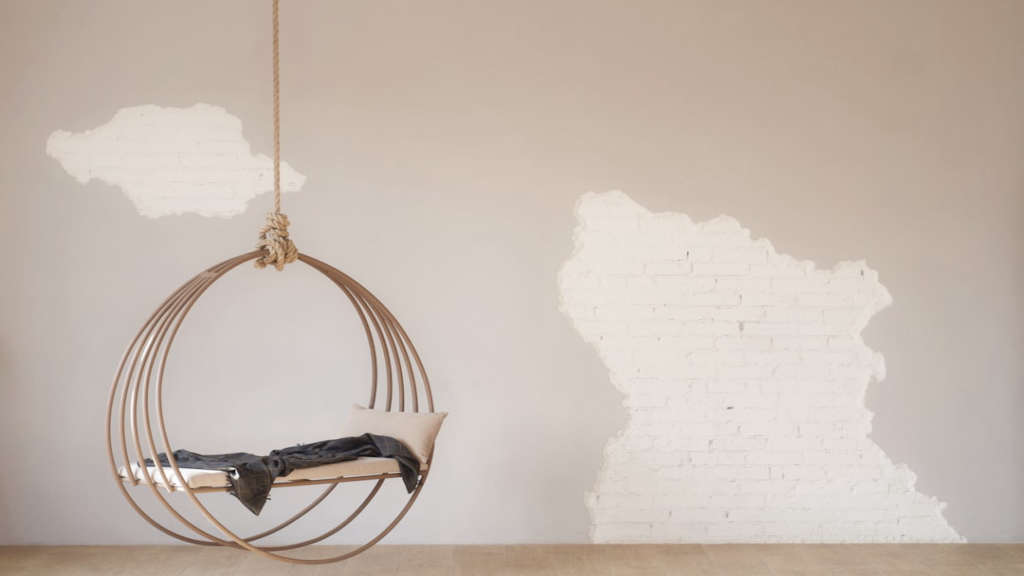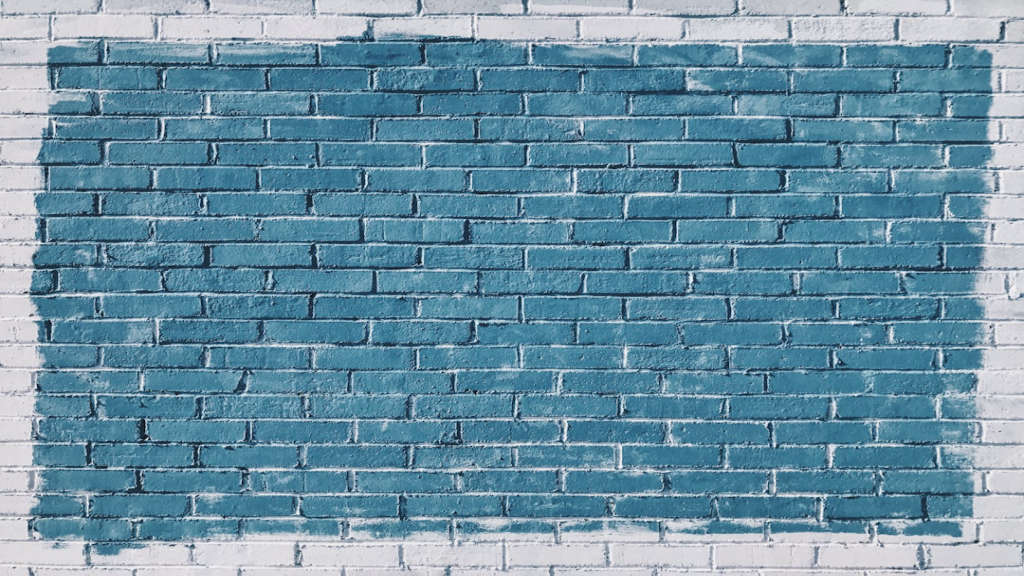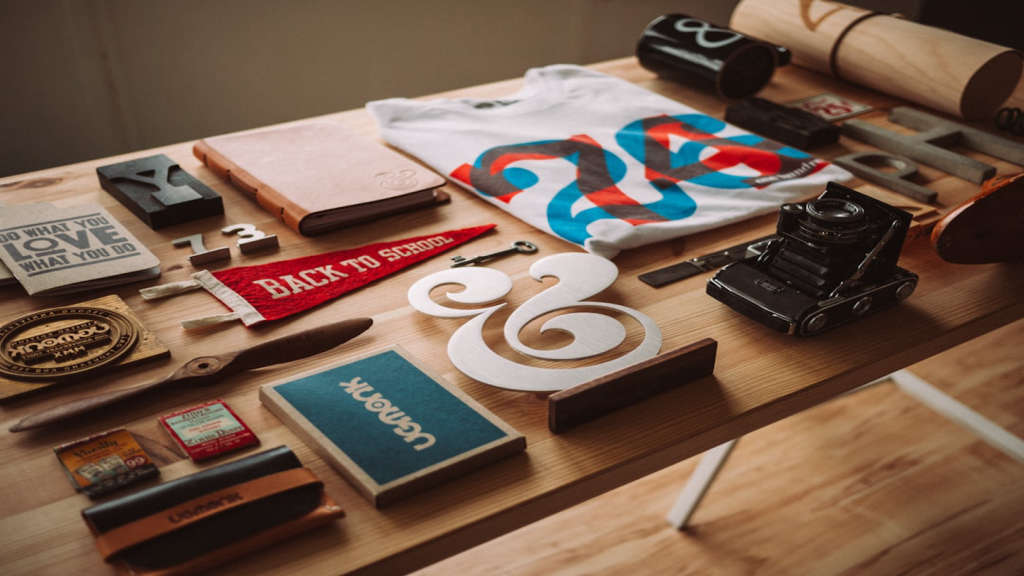
As we step into the year 2024, the world of graphic design is evolving at a rapid pace, embracing futuristic aesthetics and innovative concepts. From bold colors to minimalist designs, the Top Graphic Design Trends for 2024 promise to push boundaries and inspire creativity.
Main Points
- Integration of Augmented Reality in Graphic Design
- Emphasis on Sustainability and Eco-Friendly Designs
- Incorporation of 3D Elements and Surrealistic Imagery
- Revival of Retro Futurism in Design Concepts
- Exploration of Dynamic Typography and Bold Color Schemes

1. Holographic Design Elements: Embracing the Future of Graphics
As we look towards the year 2024, the world of graphic design is continuously evolving and embracing new technologies and trends. One of the most exciting trends to emerge is the incorporation of holographic design elements. The use of holographic elements in graphic design not only adds a futuristic and innovative touch to visuals but also introduces a new level of interactivity and engagement for viewers.
With the advancements in technology, holographic design elements are becoming more accessible and easier to integrate into various design projects. From holographic typography to interactive holographic images, designers are finding creative ways to incorporate these elements into their work.
Key Benefits of Incorporating Holographic Design Elements:
- Engagement: Holographic design elements capture the attention of viewers instantly, leading to increased engagement and interest in the visual content.
- Innovation: Using holographic elements demonstrates a forward-thinking approach to design, positioning the brand as a leader in embracing new technologies.
- Memorability: The futuristic and visually striking nature of holographic design elements makes them highly memorable, leaving a lasting impression on viewers.
Overall, incorporating holographic design elements into graphic design projects allows designers to push boundaries, experiment with new technologies, and create visually stunning and engaging visuals that resonate with audiences. By embracing holographic design elements, designers can stay ahead of the curve and shape the future of graphic design in 2024 and beyond.

2. Minimalistic Approach: The Rise of Simplified and Clean Designs
In today’s fast-paced world, simplicity and minimalism have become key principles in design. The rise of minimalistic approach in the design industry has been remarkable, with more and more designers opting for clean, simplified designs over cluttered and complex ones.
Minimalistic design focuses on stripping away unnecessary elements and focusing on the essentials. This approach allows for a more streamlined and efficient design that is both visually appealing and easy to navigate. By using minimalistic elements such as clean lines, ample white space, and simple color palettes, designers are able to create a timeless and elegant look that resonates with consumers.
The Benefits of Minimalistic Design
| Simplicity | Clarity | Usability |
|---|---|---|
| Minimalistic design helps to communicate the message clearly and effectively. | By removing distractions, minimalistic design allows users to focus on the content. | Simplified designs are easier to navigate and use, enhancing the overall user experience. |
Overall, the rise of minimalistic design in the industry reflects a shift towards simplicity and efficiency in design. By embracing clean and simplified designs, designers are able to create timeless and elegant products that resonate with consumers in today’s fast-paced world.

3. Interactive and Dynamic Visuals: Engaging Users Like Never Before
Visual content plays a crucial role in capturing the attention of online users. In today’s fast-paced digital world, static images and plain text are no longer enough to stand out. This is where interactive and dynamic visuals come into play, revolutionizing the way users engage with content.
Interactive visuals allow users to actively participate in the content, creating a more engaging and memorable experience. From interactive infographics to 3D models, these visuals stimulate curiosity and encourage exploration. By providing users with the opportunity to interact with the content, brands can leave a lasting impression and drive higher engagement rates.
Dynamic visuals, on the other hand, bring content to life through motion and animation. Whether it’s a GIF, video, or interactive interface, dynamic visuals capture users’ attention and keep them engaged for longer periods. These visuals are not only visually appealing but also highly effective in conveying complex information in a digestible format.
Benefits of Interactive and Dynamic Visuals:
- Engagement: Interactive and dynamic visuals grab users’ attention and keep them engaged with the content.
- Memorability: By allowing users to interact with the content, brands can create a memorable experience that stays with users long after they’ve engaged with it.
- Information Retention: Dynamic visuals help users absorb and understand complex information more effectively, leading to better information retention.
In conclusion, interactive and dynamic visuals are transforming the digital landscape and offering brands new opportunities to engage with their audience like never before. By incorporating these visuals into their content strategy, brands can capture users’ attention, create memorable experiences, and drive higher engagement rates.
4. Sustainability in Graphic Design: Eco-Friendly and Ethical Practices
As the world continues to focus on sustainability and environmental consciousness, the graphic design industry is also making strides towards eco-friendly and ethical practices. Designers are becoming more aware of the impact their work has on the environment and are seeking ways to lessen their carbon footprint.
Eco-Friendly Design Practices
Designers can adopt various eco-friendly practices to reduce waste and promote sustainability. Some of these practices include:
- Printing on Recycled Paper: Using paper made from recycled materials helps reduce the demand for virgin paper and minimizes deforestation.
- Minimizing Packaging: Designers can opt for minimal packaging or recyclable materials to reduce waste.
- Reducing Energy Consumption: Utilizing energy-efficient equipment and powering down computers when not in use can lower carbon emissions.
Ethical Design Practices
In addition to being eco-friendly, graphic designers should also practice ethical design. This includes:
- Respecting Intellectual Property: Designers should uphold copyright laws and avoid plagiarism or unauthorized use of others’ work.
- Promoting Diversity and Inclusion: Creating designs that celebrate diversity and showcase different voices and perspectives is essential in ethical design.
- Being Transparent with Clients: Communicating openly with clients about design choices, costs, and processes fosters trust and transparency.
Conclusion
By incorporating eco-friendly and ethical practices into their work, graphic designers can contribute to a more sustainable future and create a positive impact on the industry. It is essential for designers to prioritize sustainability and ethicality in their design process to make a difference in the world.
5. Artistic Fusion: Blending Traditional and Digital Techniques for Innovative Designs
In today’s rapidly evolving world of design, artists and creatives are constantly looking for new ways to push boundaries and create innovative works that captivate audiences. One approach that has gained popularity in recent years is the blending of traditional and digital techniques to create unique and dynamic designs. This artistic fusion allows creators to combine the best of both worlds, drawing on the rich history and craftsmanship of traditional techniques while harnessing the endless possibilities of digital tools and technologies.
By blending traditional and digital techniques, artists are able to create designs that are not only visually stunning but also conceptually rich and meaningful. This fusion allows for the exploration of new forms, textures, and colors, pushing the boundaries of what is possible in the world of design. Whether it’s incorporating hand-drawn elements into a digital illustration or using digital tools to enhance a traditional painting, the possibilities are endless when traditional and digital techniques are combined.
Key Benefits of Artistic Fusion
1. **Versatility**: By combining traditional and digital techniques, artists can work in a variety of mediums and styles, allowing for greater flexibility and creativity in their work.
2. **Innovation**: The blending of traditional and digital techniques opens up new possibilities for experimentation and innovation, pushing artists to think outside the box and explore new creative avenues.
3. **Engagement**: Designs that combine traditional and digital techniques often resonate with audiences on a deeper level, as they are able to appreciate the craftsmanship and skill that goes into creating such intricate and detailed works.
In conclusion, artistic fusion is a powerful tool for artists and designers looking to create innovative and captivating designs. By blending traditional and digital techniques, creators can push boundaries, explore new possibilities, and engage audiences in meaningful and exciting ways.
Conclusion
In conclusion, the world of graphic design is constantly evolving and pushing boundaries to create innovative and captivating designs. As we look ahead to 2024, it is clear that the Top Graphic Design Trends 2024 will be a combination of futuristic elements, sustainability, minimalism, and bold color choices. It is an exciting time to be a part of the graphic design industry, and we can’t wait to see what new trends and technologies emerge in the coming years.
Frequently Asked Questions
What are some upcoming graphic design trends for 2024?
Some upcoming graphic design trends for 2024 include 3D typography, minimalist color palettes, organic shapes, immersive storytelling, and augmented reality integration.
How can I stay updated with the latest graphic design trends?
You can stay updated with the latest graphic design trends by following design blogs, attending design conferences, joining online design communities, and exploring design trends reports.
What tools are essential for graphic designers in 2024?
Essential tools for graphic designers in 2024 include design software like Adobe Creative Suite, collaboration platforms, prototyping tools, and augmented reality design applications.
How important is user experience design in graphic design?
User experience design is crucial in graphic design as it focuses on creating meaningful and seamless interactions between the user and the design, enhancing overall user satisfaction and usability.
What are the key principles of effective graphic design?
Key principles of effective graphic design include balance, contrast, alignment, proximity, hierarchy, and emphasis, which help create visually appealing and functional designs.
